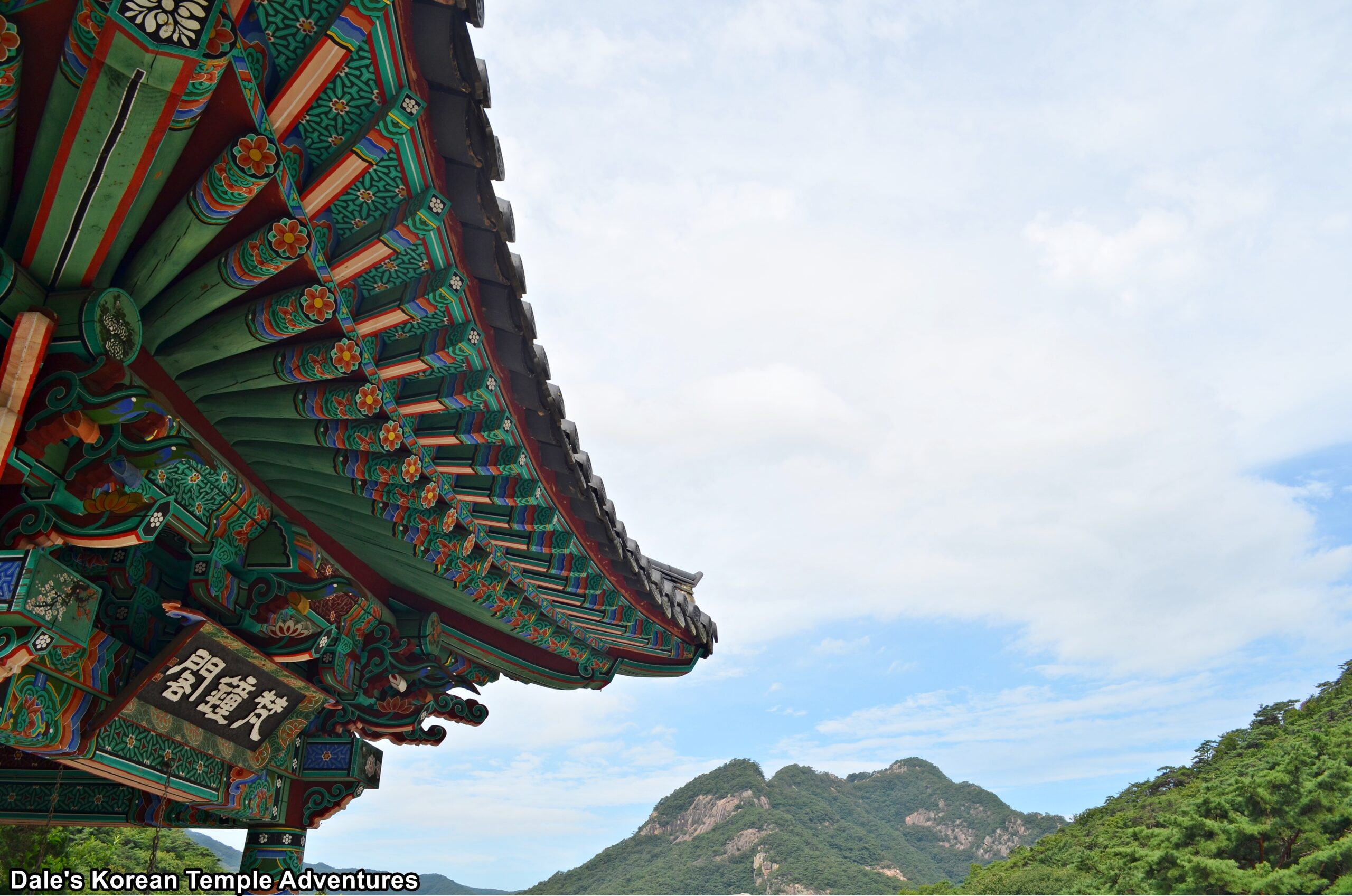
Temple History
Deokjusa Temple is located in Jecheon, Chungcheongbuk-do in the southern foothills of Mt. Woraksan (1,095.3 m) up a long valley. According to legend, Deokjusa Temple was first built in 587 A.D. Additionally, and also according to this legend, Princess Deokju, who was a Silla princess, and one of the children of King Gyeongsun of Silla (r. 927-935 A.D.), built the temple. King Gyeongsun of Silla was the final ruler of the Silla Kingdom (57 B.C. – 935 A.D.). King Gyeongsun of Silla was placed on the thrown by Gyeon Hwon (892-934 A.D.), who was the founder of Later Baekje (892–936). When Gyeon Hwon’s army sacked Gyeongju in 927 A.D., they found King Gyeongae of Silla (r. 924-927 A.D.) having a party at Poseokjeong Pavilion. Rather than surrender, the king killed himself. It was only then that Gyeon Hwon placed King Gyeongsun of Silla on the throne in place of the former Silla king. Because of its already weakened state, King Gyeongsun of Silla reigned over a tiny portion of the former Silla lands, until he eventually abdicated his throne in favour of King Taejo of Goryeo in 935 A.D.
Disappointed and devastated by his father’s actions, Crown Prince Maui and his sister Princess Deokju fled to the southern mountains of Jeollanam-do. From here, they would attempt to make their way up to Mt. Geumgangsan to hide. Along the way, Crown Prince Maui, Princess Deokju, and their party came to the present location of where Deokjusa Temple is located on Mt. Woraksan. It was here that they could see the Big Dipper. Finding that the energy of Mt. Woraksan was similar to that of Mt. Geumgangsan, they decided to make the “Rock-Carved Standing Buddha of Deokjusa Temple.” This carving was made to face the “Stone Standing Buddha in Mireuk-ri,” which was purportedly made by Crown Prince Maui. The two are some six kilometres from the other. While the “Rock-Carved Standing Buddha of Deokjusa Temple” faces to the south, the “Stone Standing Buddha in Mireuk-ri” faces the north. It’s said that Princess Deokju spent the rest of her life missing her brother, Crown Prince Maui, who died poor on Mt. Geumgangsan.
Based upon the stone pagoda at the original Deokjusa Temple site, as well as roof tiles that were discovered in the same area, both date back to around the early Goryeo Dynasty (918-1392). As a result, and based upon this evidence, it’s believed that Deokjusa Temple was actually first founded at this time. Another thing to support this claim are the historical records about Deokjusa Temple. According to these records, the first hall at Deokjusa Temple was built by the monk Gwano (1096-1158). It’s also believed that Deokjusa Temple had a connection to the royal family during the early Goryeo Dynasty, as well.
As early as the Goryeo Dynasty, but definitely by the Joseon Dynasty (1392-1910), the temple was divided into an upper and lower temple that were known as Sangdeokjusa Temple and Hadeokjusa Temple. Additionaly, and based upon historical records, the temple was situated in a strategic location that helped defend and supply the region, as well.
Deokjusa Temple was completely destroyed during the Korean War (1950-53). In 1963, the temple was rebuilt in its current configuration and location to the south of the original temple site by about 1.7 km. Later, and in 1970, the temple was expanded. The “Standing Stone Yaksa Buddha Statue,” which had formerly been located in a different part of Jecheon was relocated and enshrined in the current Yaksa-jeon Hall at Deokjusa Temple. Then in 1998, the Daeungbo-jeon Hall was built. Sadly, part of the temple, once more, was destroyed by fire in 2009. The temple was restored in 2011.
Deokjusa Temple is home to a single Korean Treasure, which is located in the original temple site some 1.7 km from the current temple’s location. This Korean Treasure, which is Korean Treasure #406, is “Rock-carved Standing Buddha of Deokjusa Temple.”
Temple Layout
You first make your way up the long Deokju Valley on your way to the temple. Eventually you’ll come to the temple parking lot, which is located just out in front of the entry to Woraksan National Park. To the left, and then to the right, you’ll make your way up a side-winding road.
The first thing to greet you on the temple grounds is the “Monument with Sanskrit Inscription in Songgye-ri, Jecheon,” which is housed inside a wooden pavilion. This monument is presumed to have been made during the Goryeo Dynasty (918-1392). The large flat stone is inscribed with Sanskrit. Rather interestingly, it’s the only historic monument written in Sanskrit in Korea. The monument is now largely faded. The monument was discovered in 1988 during some road repair work near Songgye Valley. It was subsequently moved to Deokjusa Temple. The Sanskrit inscription is the text from the Surangama Sutra (The Sutra of the Heroic One), or “Daebuljeongsuneungeomgyeong – 대불정수능엄경” or simply “Neungeomgyeong – 능엄경” in Korean. In total, there are 105 Sanskrit letters on the monument. “Monument with Sanskrit Inscription in Songgye-ri, Jecheon” is Chungcheongbuk-do Tangible Cultural Heritage #231.
To the left of the “Monument with Sanskrit Inscription in Songgye-ri, Jecheon” wooden pavilion is a rather atypical open pavilion dedicated to Sanshin (The Mountain Spirit). This slightly elevated open wooden pavilion is the temple’s Sanshin-gak Hall. Like the Sanshin-gak Hall itself, the image inside this pavilion is rather atypical, as well. The stone relief of Sanshin is wedged between two large mountain rocks.
To the right of both of these structures is the Daeungbo-jeon Hall. The exterior walls to the main hall are adorned with a variety of murals that include the Shimu-do (Ox-Herding Murals), the Palsang-do (The Eight Scenes from the Buddha’s Life), Wonhyo-daesa and Uisang-daesa, and Bohyeon-bosal (The Bodhisattva of Power). Stepping inside the Daeungbo-jeon Hall, you’ll find a large triad of statues on the main altar. In the centre rests Birojana-bul (The Buddha of Cosmic Energy). This central image is joined on either side by Seokgamoni-bul (The Historical Buddha) and Nosana-bul (The Perfect Body Buddha). Also housed inside the main hall is a Shinjung Taenghwa (Guardian Mural).
Directly in front of the Daeungbo-jeon Hall is the Jong-ru Pavilion that houses a solitary bronze bell. It’s not too large or small, but it seems to perfectly fit the wooden pavilion that it’s housed in. And to the left of the Daeungbo-jeon Hall is a baby Buddha statue, as well as a deck that looks out on the neighbouring mountains.
Beyond the Jong-ru Pavilion, and down a pathway, you’ll find a second temple courtyard. Between the first and second temple courtyard, and looking down, you’ll notice a modern stone statue dedicated to Yaksayeorae-bul (The Medicine Buddha). The first of the two structures in the second temple courtyard is a wooden pavilion that houses the “Stone Standing Bhaisajyaguru Buddha of Deokjusa Temple,” which is Chungcheongbuk-do Tangible Cultural Heritage #196. This statue is presumed to have first been made during the Goryeo Dynasty. The statue of Yaksayeorae-bul holds a medicine bowl in its left hand. The statue was originally discovered at the Jeonggeumsa-ji Temple Site. The head of the Buddha is disproportionately larger than the rest of its body. And the folds on the Buddha’s robe are softly carved. Overall, except for the lower part of the statue, it’s been well-preserved.
To the right of this pavilion is the Gwaneum-jeon Hall. The exterior walls are adorned with murals dedicated to the Bodhidharma, the moktak tale, and other various Buddhist themed murals. Stepping inside the Gwaneum-jeon Hall, you’ll find an image of Gwanseeum-bosal (The Bodhisattva of Compassion) on the main altar joined by two statues of female lions.
Finally, and 1.7 km away and up a hiking trail, is the “Rock-Carved Standing Buddha of Deokjusa Temple.” The large statue, which is carved on the southern part of a granite wall, stands 13 metres in height. The face is carved so as to stick out from the rock face, while the body is carved in simple lines. The relief has a chubby face with elongated eyes, a large nose, and a hanging chin. This exaggerated design is common of large Buddha statues and reliefs from the Goryeo Dynasty. This relief was made during the early Goryeo Dynasty, possibly as early as the eleventh century. This is the only Korean Treasure at Deokjusa Temple.
How To Get There
From the Jecheon Intercity Bus Terminal, you’ll need to take Bus #982 or Bus #980. After 81 stops, yes 81 stops, or one hour and forty minutes, you’ll need to get off at the “Deokju-gol – 덕주골” bus stop. From where the bus drops you off, you’ll need to walk about 20 minutes, or 1.3 km, to get to Deokjusa Temple.
Overall Rating: 7/10
Deokjusa Temple is beautifully located on Mt. Woraksan. In addition to all of this natural beauty, have a look inside the three wooden pavilions at Deojusa Temple. They house a beautiful Goryeo-era statue of Yaksayeorae-bul, the only historical monument with Sanskrit writing on it, as well as the rather atypical Sanshin-gak Hall. The artwork inside the Daeungbo-jeon Hall is beautiful, as is the artwork that adorns both the exterior of the main hall and the Gwaneum-jeon Hall. But the main highlight to Deokjusa Temple is the mountainside “Rock-Carved Standing Buddha of Deokjusa Temple” that’s located some 1.7 km from the modern location of the temple; however, it’s well worth the hike.
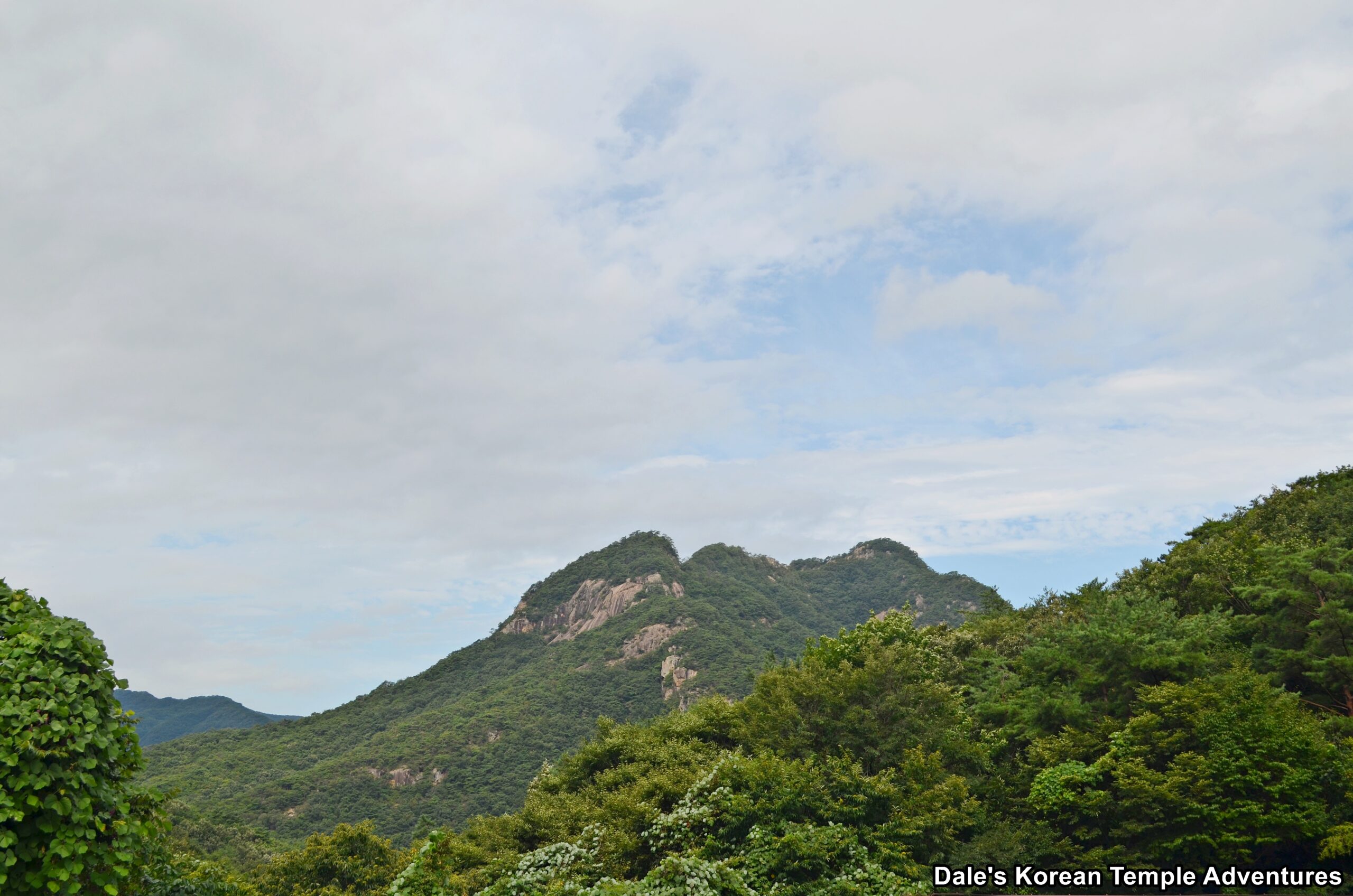
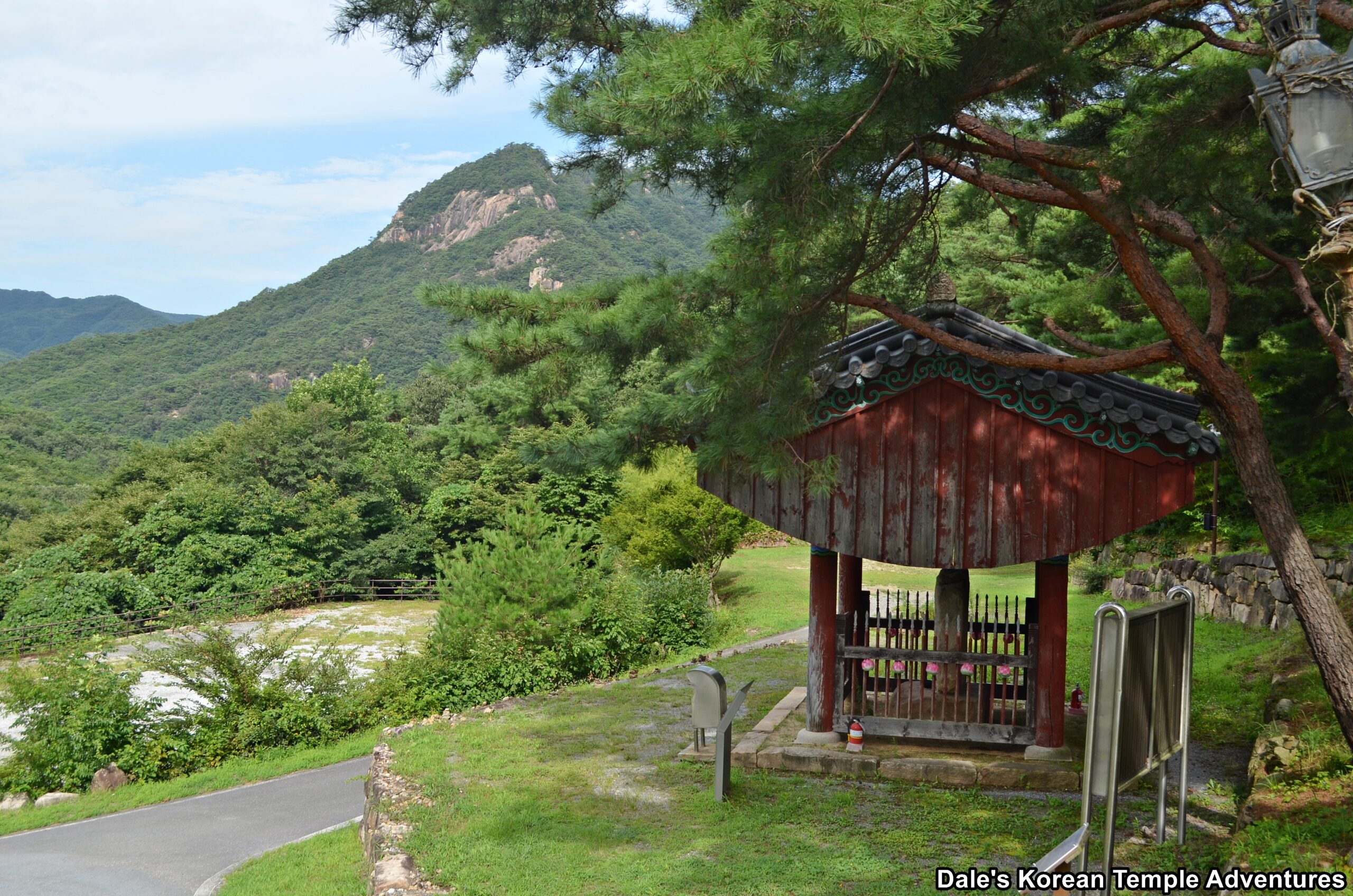

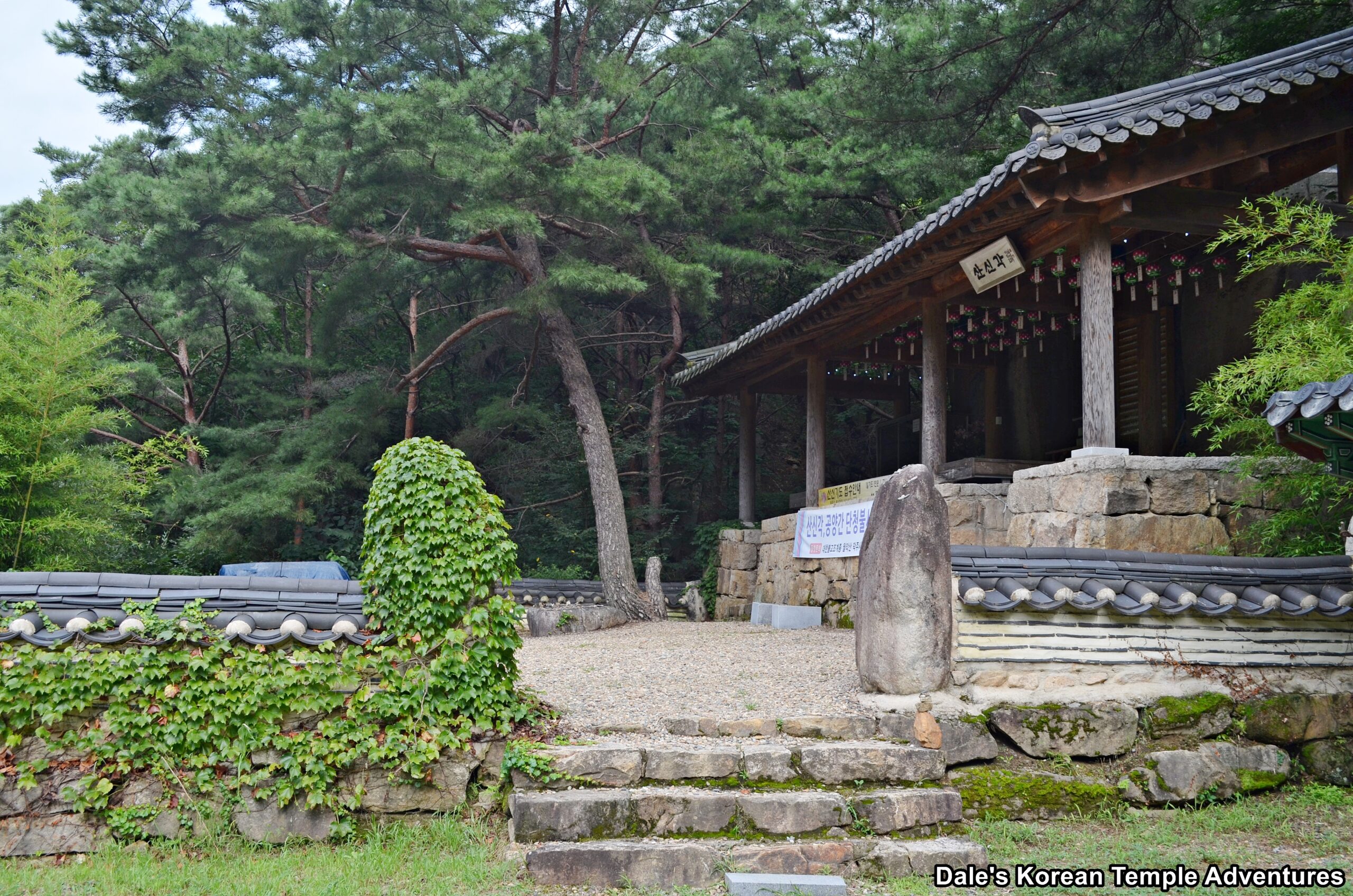
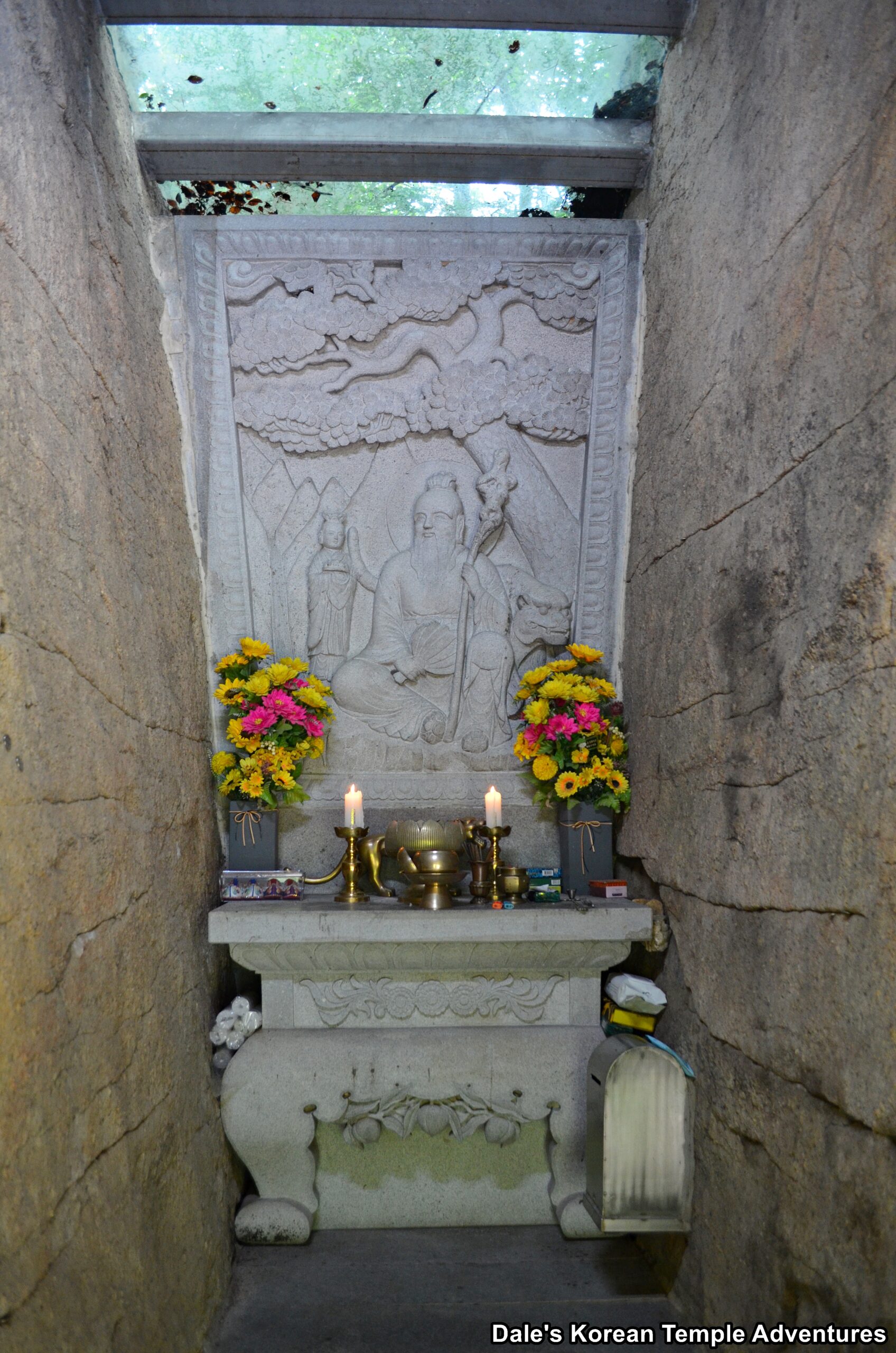
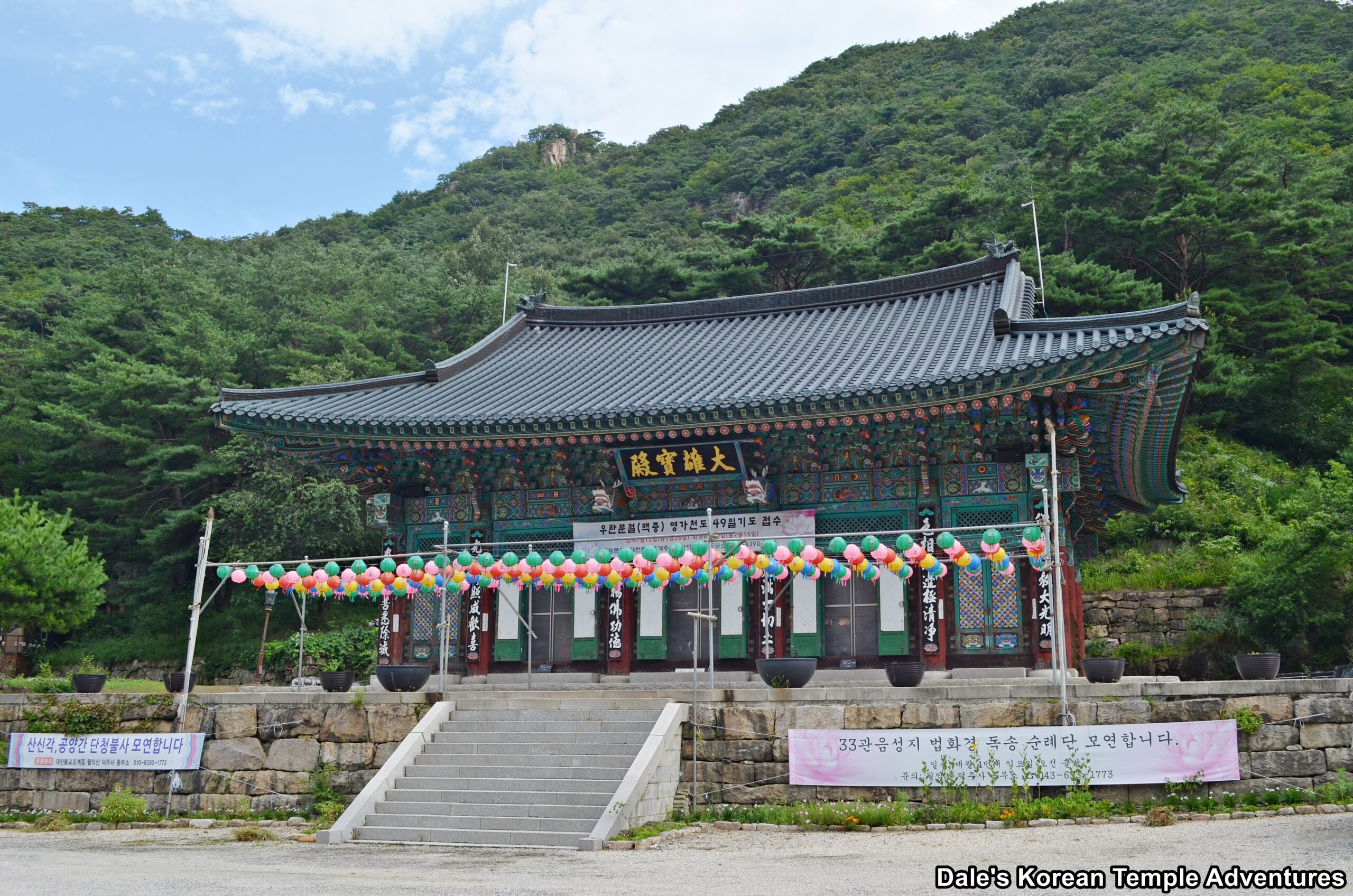
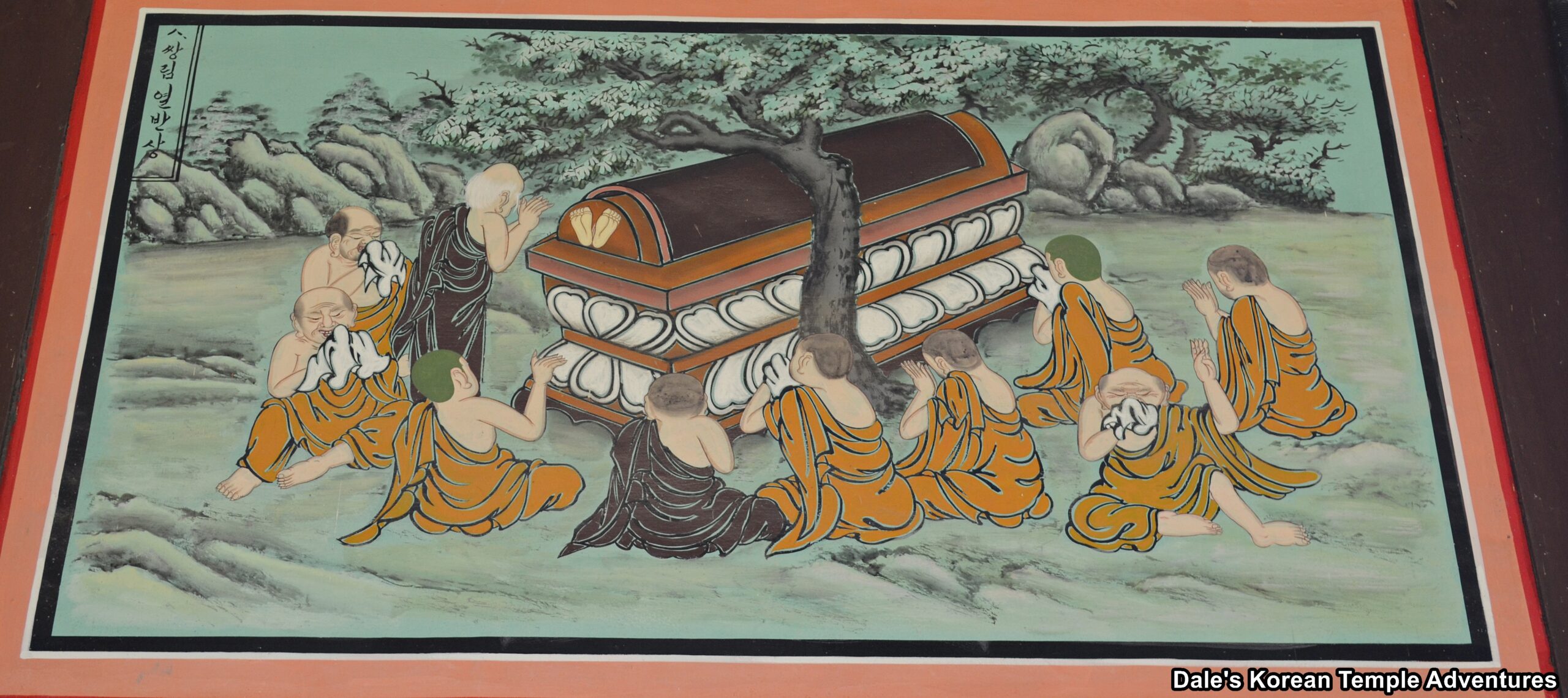
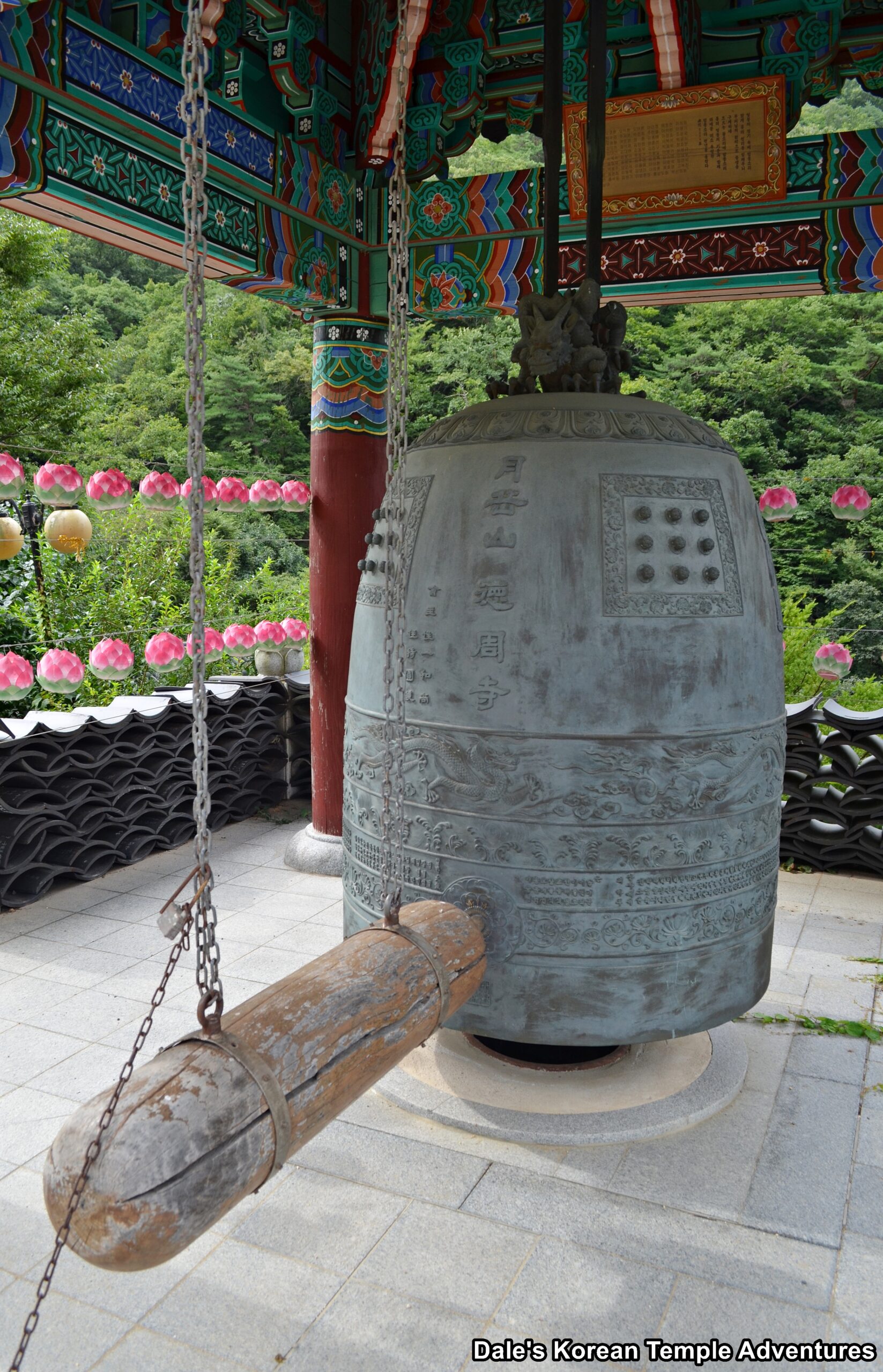
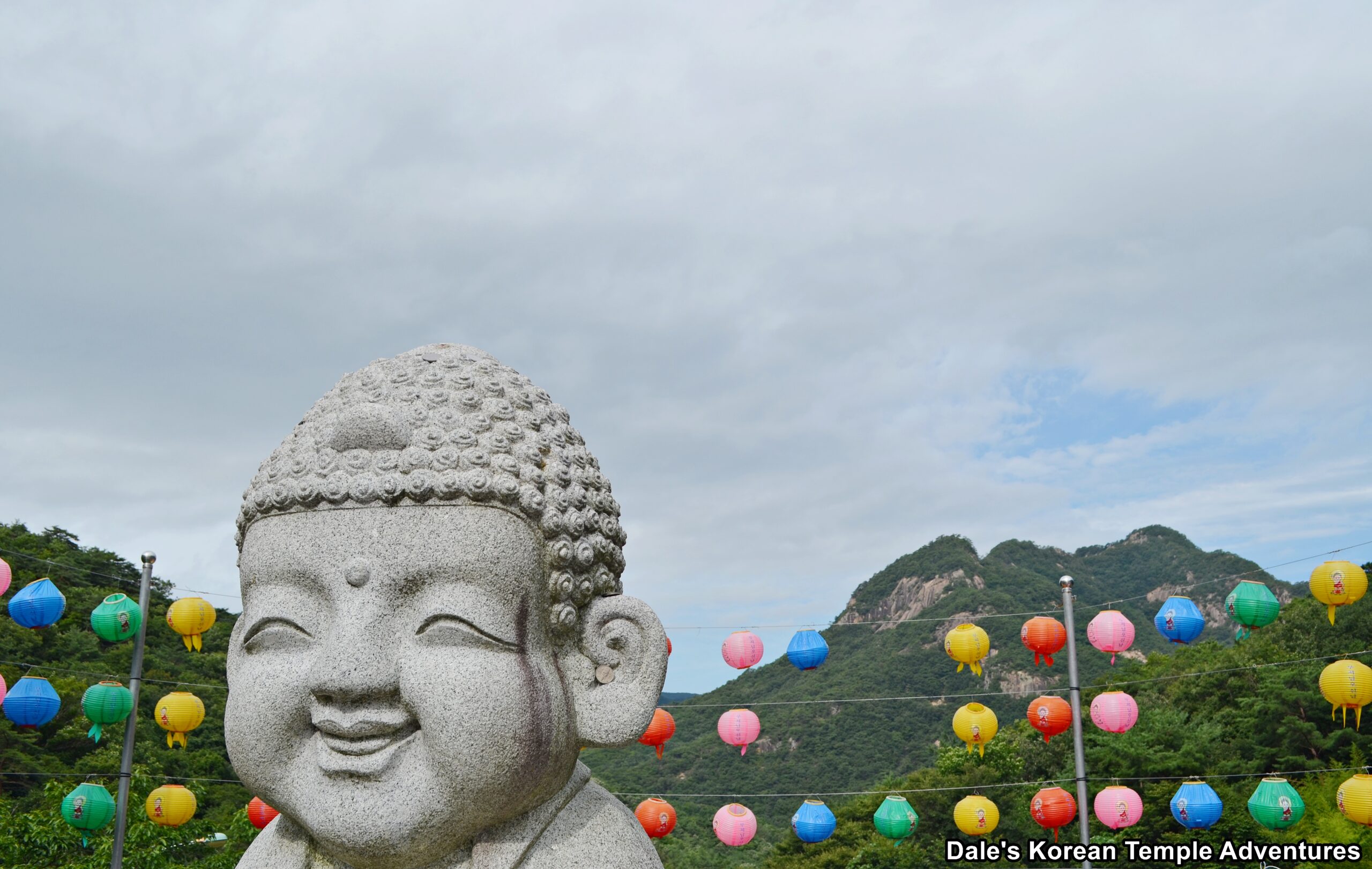
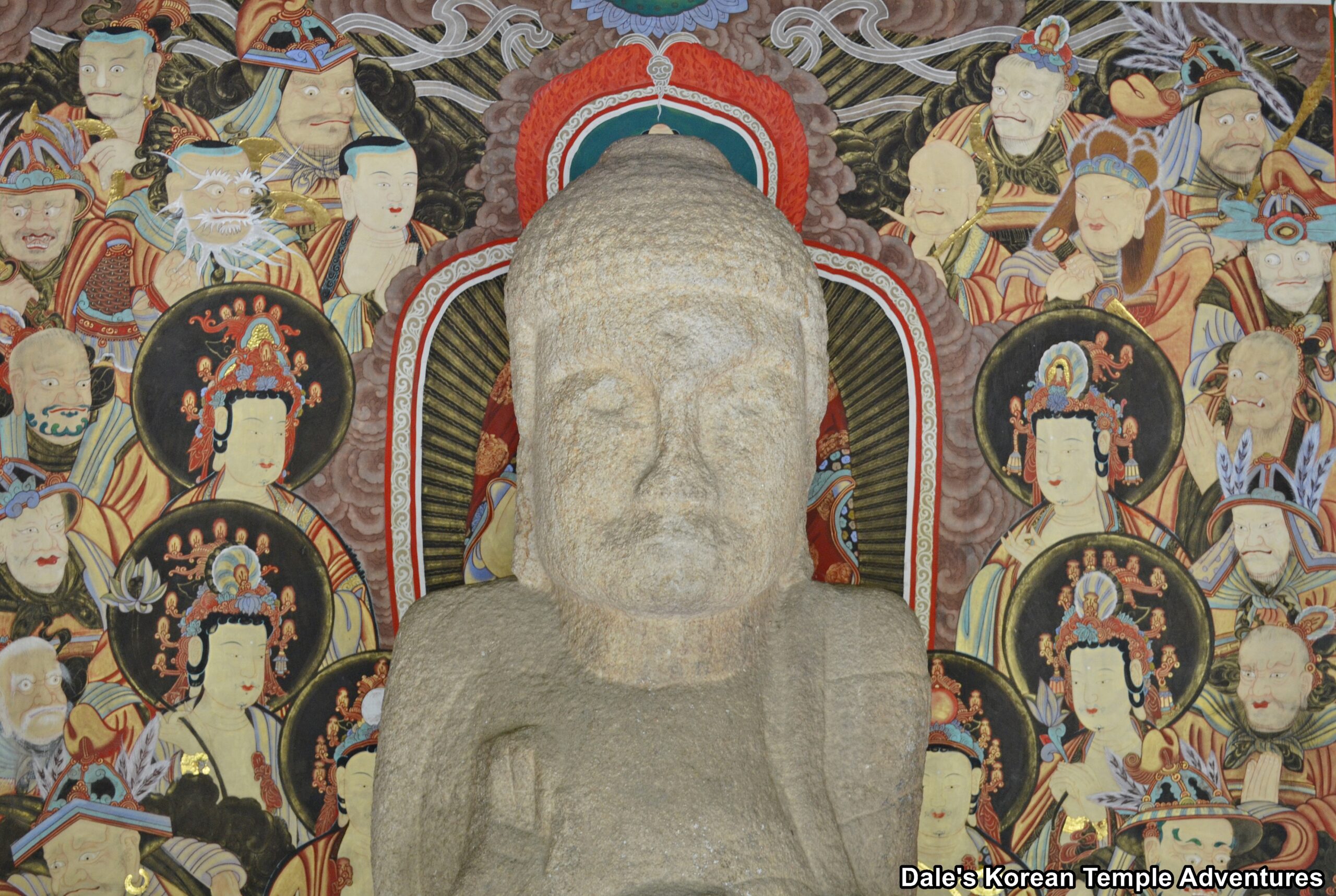
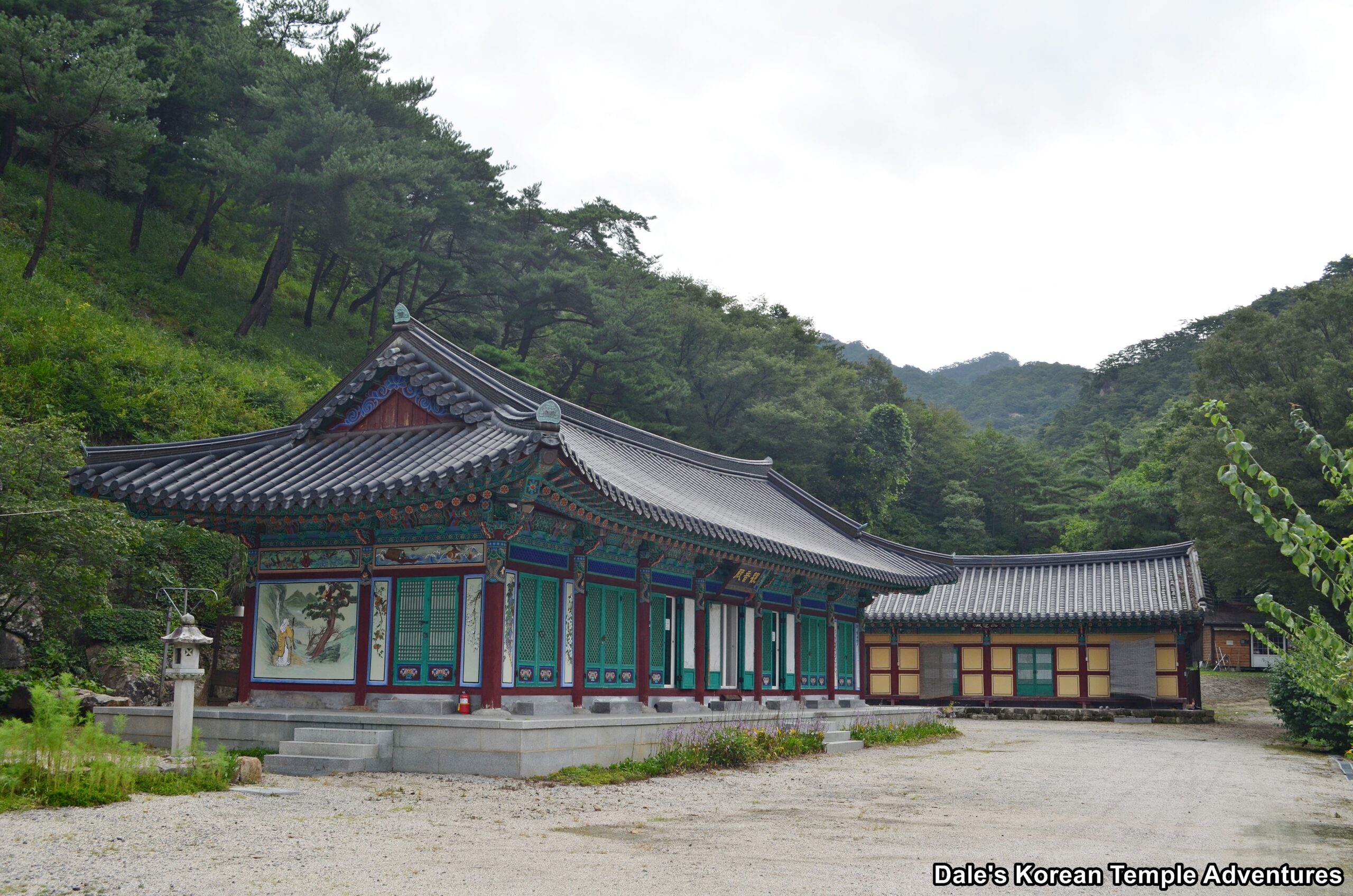
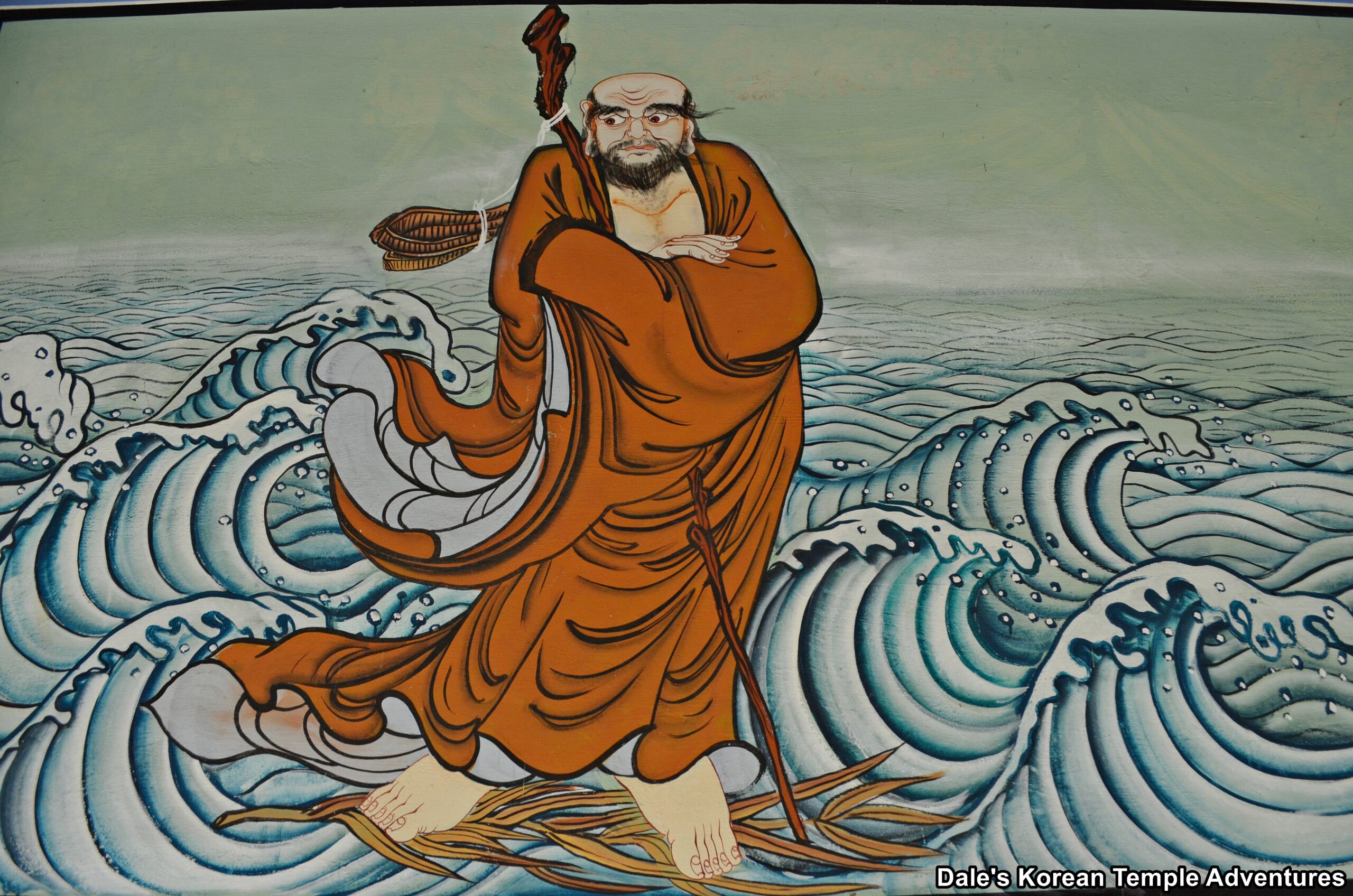
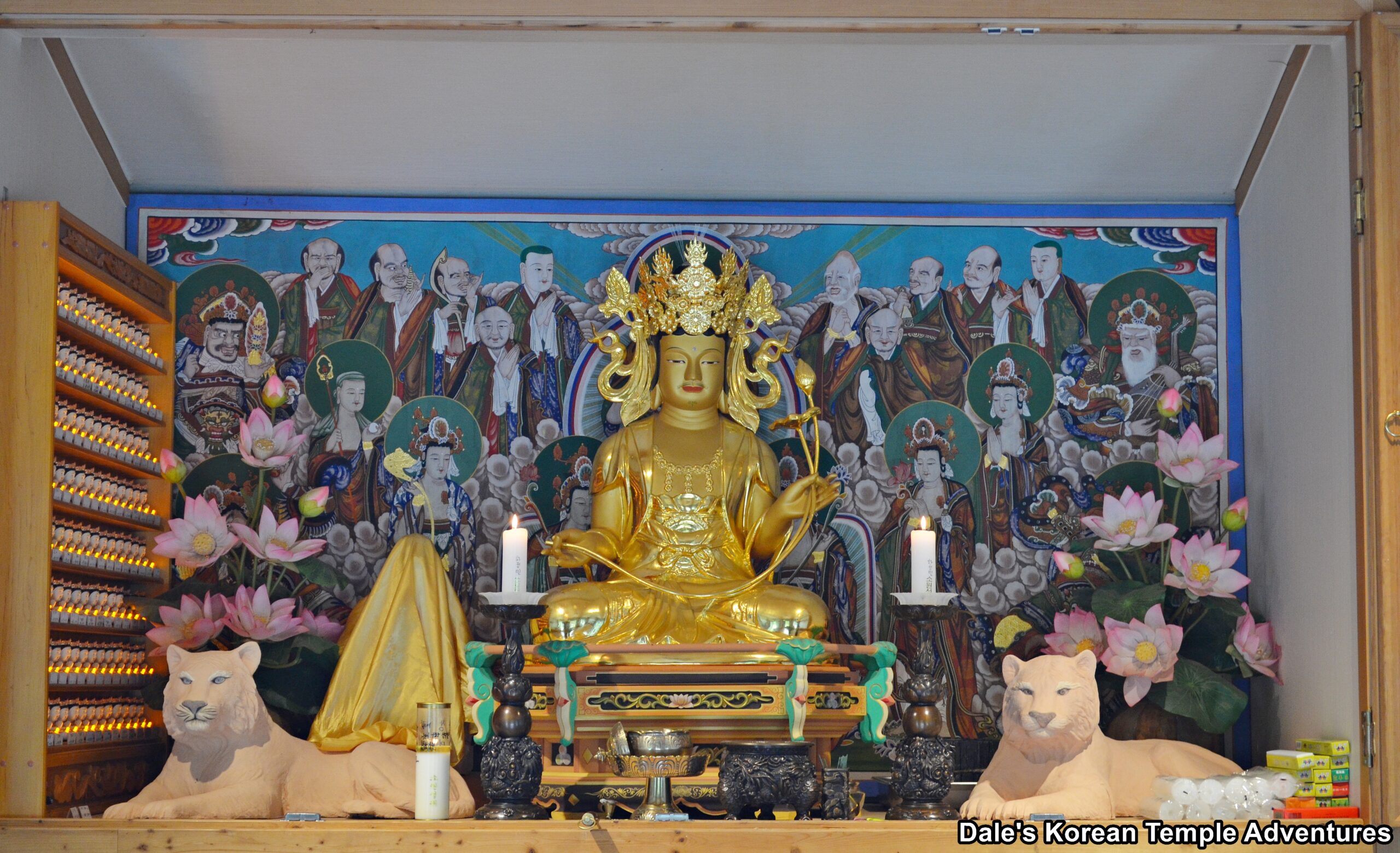
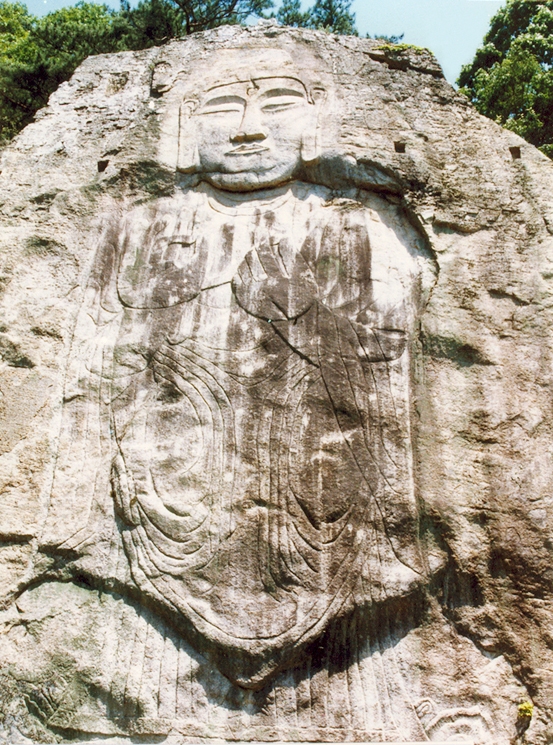


Recent comments